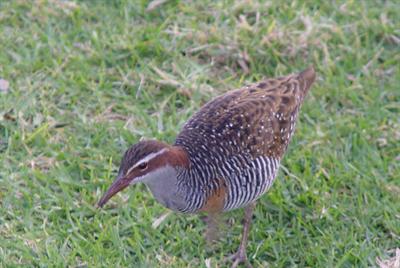Study Ornithology
Learn the many aspects of bird biology and evolution. This course covers the many adaptations of birds which have allowed them to colonize the air, sea and land so well. The course is designed for those working or hoping to work with birds, such as scientists, wildlife carers, bird watchers, conservationists and wildlife researchers.
This course aims to introduce students to the various bird species along with their physiology and the habitats they occupy.